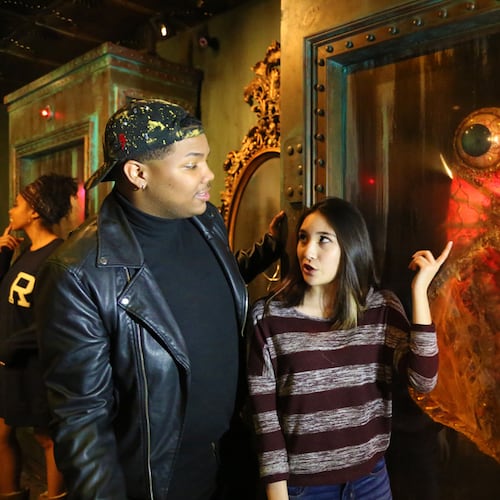Approximately 25 percent of the United States population between ages 55 and 64 have some degree of hearing loss, according to the Mayo Clinic. About 2-3 of every 1,000 U.S. children are born with a detectable level of hearing loss, too.
» RELATED: Smokers have an increased risk of hearing loss, study says
There's no single treatment or intervention that works for everyone, according to Atlanta-based Centers for Disease Control and Prevention, though hearing aids, cochlear implants and assistive listening devices are commonly used to improve conditions.
But research recently approved for publication in the European Journal of Neuroscience reveals there may be a possible new therapy that can repair hearing.
» RELATED: Huey Lewis speaks about sudden hearing loss, Meniere's disease
Scientists at the University of Rochester Medical Center and Harvard Medical School's Massachusetts Ear and Eye Infirmary tested a previous theory involving the epidermal growth factor (EGF), which is "responsible for activating support cells in the auditory organs of birds," according to a news release about the study. "When triggered, these cells proliferate and foster the generation of new sensory hair cells."
Most hearing loss occurs when either those sensory hair cells or auditory nerve cells are destroyed.
To test the theory, researchers investigated several methods to activate EGF signaling pathways, one of which involved using a virus to target ERBB2 receptors, found in cochlear support cells (or the inner ear).
» RELATED: How parents are allowing kids to damage their hearing
Activating the ERBB2 pathway, they found, resulted in the generation of new cochlear support cells — and new sensory hair cells.
“The process of repairing hearing is a complex problem and requires a series of cellular events,” University of Rochester Medical Center researcher Patricia White said. “You have to regenerate sensory hair cells and these cells have to function properly and connect with the necessary network of neurons. This research demonstrates a signaling pathway that can be activated by different methods and could represent a new approach to cochlear regeneration and, ultimately, restoration of hearing.”
Authors also found evidence that activating the cochlea’s ERBB2 pathway may help sensory hair cells integrate with nerve cells. Cells in the cochlea help convert sound waves into neural signals, which are passed to the brain through the auditory nerve.
About the Author
Keep Reading
The Latest
Featured



